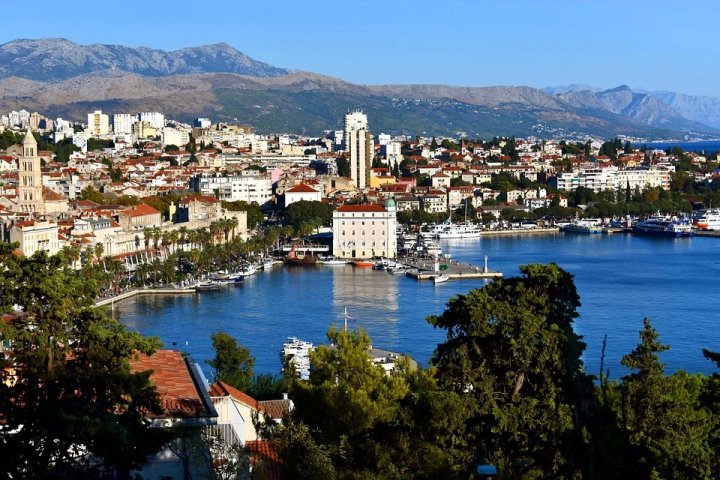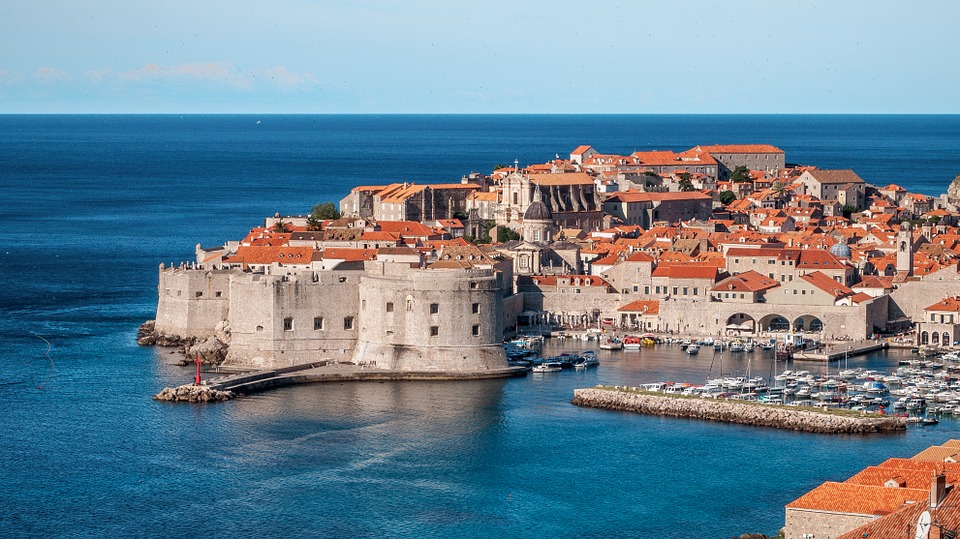Pictures from Croatia
by Travelling Images
by Travelling Images
The ancient Croats or Croatians were a tribe of Slavs whom the Byzantine emperors relied upon as allies. A branch of the Croatian people settled along the Adriatic sea cost of Illyria (facing Italy) in the 7th or 8th centuries. Eventually they formed small kingdoms including Ragusa and Dalmatia. Tomislav united the small kingdoms and duchies in the Kingdom of Croatia in the year 925.
Croatia's independence was threatened by the rise of the Ottoman Turks and in 1428 the Italian city-state of Venice seized control of much of Dalmatia. Only the city of Dubrovnik maintained its independence. However, by 1527 Ottoman successes on the battlefield forced the Croatians to ask Ferinand I of the House of Habsburg to become their ruler, effectively ending Croatian independence as it joined the growing Habsburg empire.
Croatia enjoyed autonomy under the Habsburgs. But with the end of the Habsburg dynasty after World War I the Croatian parliament declared its independence. They immediately joined a regional state of Slovenes, Croats, and Serbs which subsequently merged with the Kingdom of Serbia. King Alexander renamed the country to Yugoslavia in 1931. Germany and Italy occupied the country in 1941.
Supported by the Allies, resistance movements rose up in Yugoslavia and other Balkan nations. But when the Second World War ended the Soviet Union seized effective control of the Balkans. A Communist government led by former resistance leader Josip Tito only survived his death in 1980 by 10 years. By 1991 Yugoslavia broke up and Croatia became an independent nation again.
War broke out between the Serbs and their former fellow Yugoslavians in Croatia and other Balkan countries. The war lasted until 1995 when the Serbs were finally defeated. Croatia set about the task of building a new nation and by 2012 has joined the European Union. The modern nation is a Republic with a Parliamentarian form of government.

